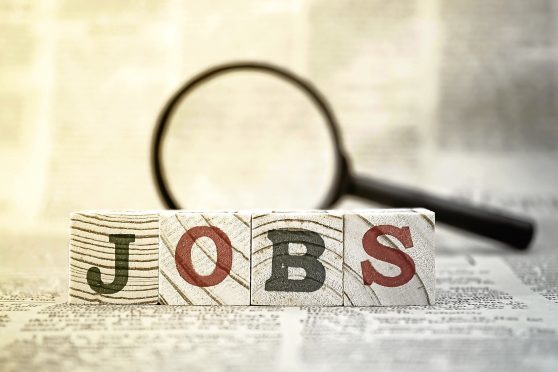The Scottish economy is still fragile despite official new figures highlighting a “robust” labour market, a leading think-tank said yesterday.
Unemployment north of the border is at a near record low, while the number of people in work is about as high as it has ever been –reflecting a UK-wide trend.
While the figures covering the three months to November 30 were universally welcomed, there was also widespread disquiet about other aspects of the economy that are not so encouraging.
Stuart McIntyre, a lecturer at Strathclyde University’s influential Fraser of Allander Institute, said: “Headline indicators of the Scottish labour market remained robust between September and November last year.
“Nevertheless, economic growth remains fragile in Scotland. This is one reason why wage growth is muted.
“Wages are growing more slowly than inflation, meaning that while a near-record percentage of the labour market is in employment, household budgets are feeling squeezed.”
And Andy Willox, the Aberdeen-based Scottish policy convenor for the Federation of Small Businesses, warned the figures masked the trend of a growing army of self-employed people.
Mr Willox added: “With more than 300,000 Scots now self-employed, policymakers must shift their approach to back those who work for themselves.”
Office for National Statistics figures show Scottish unemployment fell by 1,000 to 112,000, or 4% of the working age population, while the number of people in work grew by 7,000 to 2.66million. The jobless rate for the whole UK was 4.3%, with those people in work at a record high.
